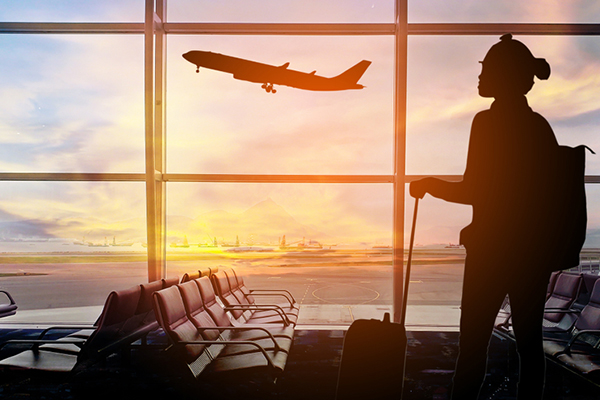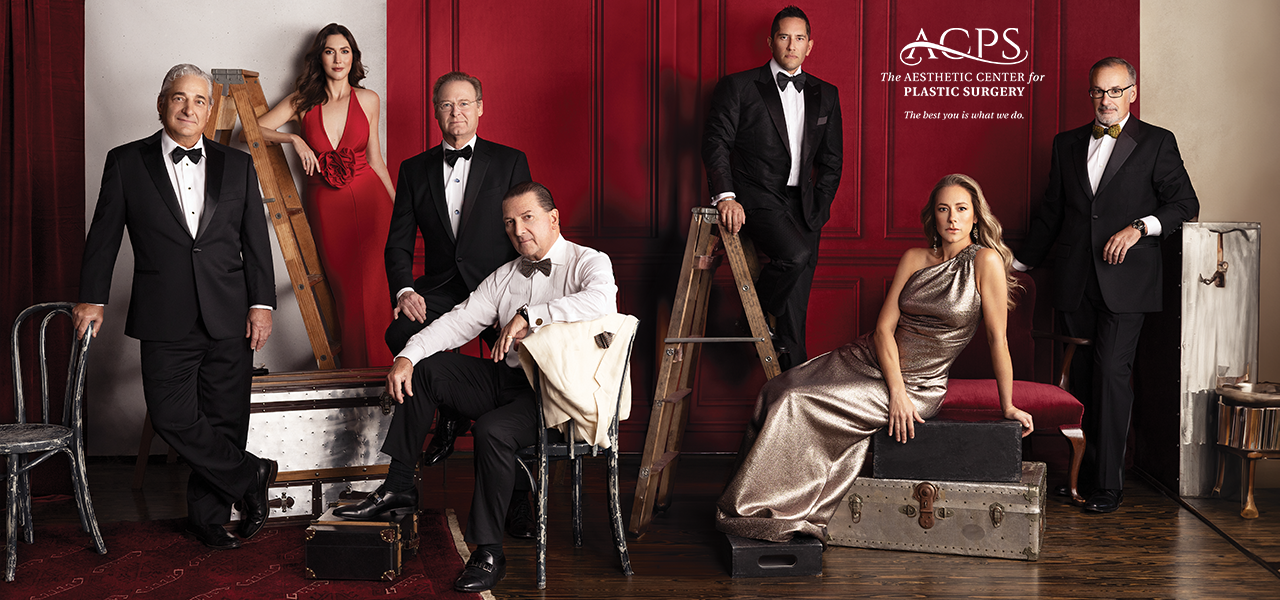How Travel PR has Changed Since COVID-19

About the author
While the world at large is well-aware of the impact COVID-19 has had on the travel industry overall, a conversation that is still in its infancy—by nature of how slowly things have evolved—is the impact the pandemic has had on media relations.
When the pandemic first hit, news coverage of closures and the pandemic’s impact on the tourism community replaced aspirational tales of far-flung adventures. As the months wore on, at-home experiences and nostalgic “remember when” articles grew in popularity, often encouraged by brands looking to maintain their presence, as did articles exploring anti-racism in tourism, as well as the need for greater diversity and equitable representation in the stories being told. Now, with a vaccine being distributed across the globe and a return date for leisure travel still up in the air, the storytelling sphere continues to evolve in unexpected ways—marking a completely new chapter in the history of travel writing—and media relations.
“Old travel was to escape the world; new travel will be to engage the world,” Norie Quintos, independent editorial consultant and editor-at-large at National Geographic Travel says about recent changes and their impact on how travel will be portrayed. “The pandemic and other recent world events have taught us that we can’t turn a blind eye to the issues this planet faces, as much as we may want to. Travel that illuminates the world and motivates us to make it better will thrive. Media will be on the lookout for stories related to this.”
Here are just a few ways PR has changed in the travel sphere this year—and where Bannikin and some of our media partners think it might be headed.
Press trips have become more complicated
Previously a media relations “must” in the world of securing coverage, press trips all but ground to a halt in 2020—and the future of this long-held tradition is not yet clear. While many members of the media are chomping at the bit to get abroad once again, the logistics of how to host journalists on adventures around the world amid a pandemic leave a lot to be considered: What happens if a writer gets sick while they’re abroad? Is it worth investing resources into planning a trip that may well be cancelled due to a border closure? How much will the writer report on the safety measures—particularly if they’re being worked out—as opposed to focusing on the experience itself?
Suffice to say, there’s a lot to think about—not to mention the very human considerations related to journalist’s individual situations, says Stephanie Pearson, Contributing Editor for Outside Magazine, who advises travel brands to be sensitive to media members’ life circumstances as they re-engage.
“There are some journalists who will be ready to go at the first opportunity and some who will be more hesitant due to age, underlying health issues, life circumstances, and the moral and logistical implications of traveling in a world where everyone isn’t vaccinated on the same timeline,” she says. “Most journalists want to get back out there, but they need to do it in a way and on a timeline that feels appropriate and responsible to them.”
Social media is bigger than before
While social media management and earned media relations (i.e., publication in newspapers and magazines) have sometimes been treated as separate entities in the past, the two have overlapped considerably in the last year. Covid-19 has changed the way people are using social media, and are using it more often on average—which is resulting in consumers trusting social media as an educational resource and community space more and more. As travel brands rethink their PR approach in 2021, they may want to consider asking their media representatives how social media activity can complement and inform more traditional methods of outreach—and vice versa.
Local writers are a good bet
Sourcing a writer who lives in-destination to write about an adventure experience was a growing trend before Covid-19 (due to the additional insight as well as being a cost-saving measure). The pandemic’s impact on the reliability of international travel in the eyes of consumers (particularly when it comes to investing in a trip that may be cancelled or vulnerable to an outbreak) means media will need to look to destination experts to share their lived experience—and the credibility that comes with that—when promoting trips in the future.
“I’m based in Mexico City, and I’ve had more opportunities in the last several months to cover both my city and the country of Mexico unlike ever before,” says Michaela Trimble, a freelance writer for Departures, New York Times, and Conde Nast Traveler. “In consideration of climate change and our planet, this strategy makes more sense. Journalists will be able to stay closer to home, taking fewer flights, and will be able to report on their locations with a greater sense of depth.”
Diversity = responsible tourism
While diversity has been sorely lacking in travel PR since its very inception, the absence of Black, Indigenous, and People of Color (BIPOC) being represented in tourism and media has come to a head in 2020. In fact, in October 2020, a report by ATTA found that “more than 36% of U.S. outbound adventure travelers (age 18+) are people of color”—and represent $51 Billion in annual revenue.
Furthermore, James Edward Mills, journalist, and author of the book The Adventure Gap: Changing the Face of the Outdoors was quoted in the report as saying, “It’s estimated that the United States will become a non-white majority population by the year 2045… If we’re not successful in attracting, retaining, and expanding the number of people of color who represent the fastest-growing segment of our population, what happens when these emerging communities grow beyond the current white majority of the United States?”
So what role can media relations play in the change? For freelance travel writer Bianca Bujan, it starts with making BIPOC writers feel valued and welcome by a brand—not only by inviting them on more media trips and giving them opportunities to tell stories beyond the topics of culture and diversity—but also via marketing materials as a whole.
“I would love to see greater effort put towards providing a [more diverse] database of photos for travel media,” she says. “For example, more photos of BIPOC adventurers hiking, biking, doing yoga, and dining at upscale restaurants. While 2020 has sparked more awareness for the lack of diversity in the travel industry, more can be done to show diversity in the travel adventure space, including visual representation in the photos that accompany the stories shared.”
Trust & transparency rule
After a year of uncertainty, changing regulations, and travel shaming, strong trust, and transparency between tourism brands, travelers, and journalists has never been more crucial. From being clear about safety and health measures to remaining flexible about booking policies, consumer protection is top of mind for everyone.
With that said, it’s also opened the door for a fascinating new variety of story angles centered on responsible operations, sustainable measures designed to protect both place and people, and a deeper commitment to ensuring travel “builds back better.”
“I’d really like to hear from adventure tour operators how their country has changed since the COVID pandemic,” says Mona Gable, freelance writer for the New York Times, The Daily Beast, and The Atlantic. “How has the natural environment been affected? How have wildlife fared during this time? As people get back to traveling this year, are you emphasizing sustainable travel even more now?”
Copyright: Bannikin Travel & Tourism Ltd. – www.adventuretravelnews.com –
|
Imagen propiedad de:







